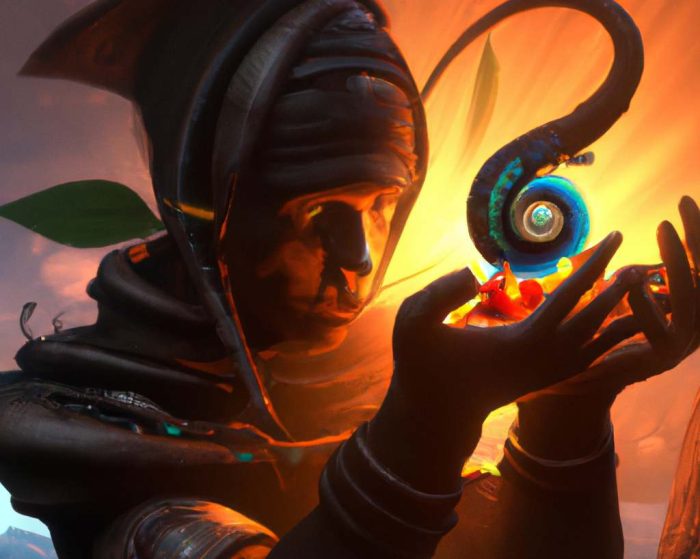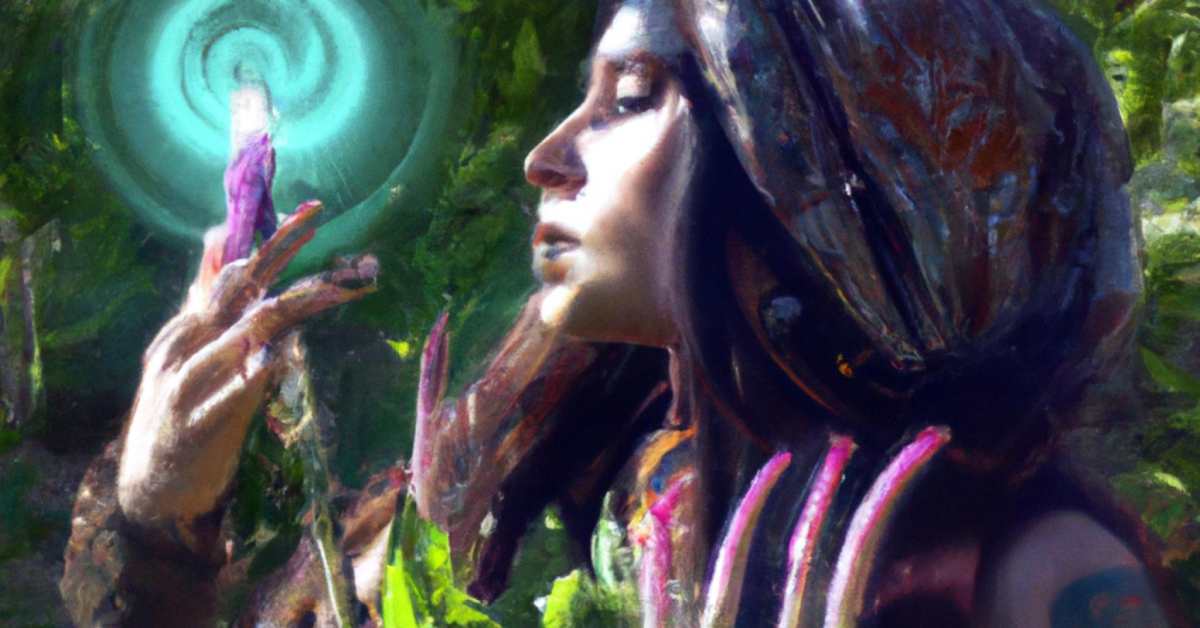“Psychoactive salvias” generally refer to plants within the Salvia genus that contain compounds capable of altering consciousness or inducing psychoactive effects. The most well-known and extensively studied psychoactive sage is Salvia divinorum, but it’s important to note that not all salvias share these properties.
Salvia divinorum:
Salvia divinorum is a member of the mint family (Lamiaceae) and is native to the cloud forests of Mexico. The plant is renowned for its psychoactive compound, salvinorin A, which interacts with kappa opioid receptors in the brain, leading to intense and short-lived hallucinogenic effects. It has been used traditionally by the Mazatec people in shamanic ceremonies and divination rituals.
Other Salvias:
While Salvia divinorum is the most prominent psychoactive sage, there are numerous other salvias that do not possess similar psychoactive properties. Many salvias are cultivated for ornamental purposes, culinary uses, or traditional medicinal applications. Examples include:
- Salvia officinalis (Common Sage): Widely used in cooking, this sage is known for its aromatic leaves and is not associated with psychoactive effects.
- Salvia officinalis (White Sage): Used traditionally by Native American cultures for ceremonial purposes, White Sage is not known for its psychoactive properties.
- Salvia miltiorrhiza (Chinese Sage or Dan Shen): Employed in traditional Chinese medicine, this sage is valued for its medicinal properties but is not considered psychoactive.
More About Salvia Divinorum:
Nestled in the lush cloud forests of Mexico, Salvia divinorum stands as a botanical marvel, captivating minds with its unique properties and rich cultural history. Known as Diviner’s Sage, this plant has been a cornerstone in the traditions of the Mazatec people and has recently piqued the interest of explorers in the realms of consciousness and botanical curiosity.
Botanical Wonders:
Salvia divinorum, a member of the mint family (Lamiaceae), boasts large, vibrant green leaves with a distinct heart-shaped pattern. Unlike many plants, Salvia divinorum is primarily propagated through cuttings rather than seeds. Reaching maturity in one to two years, it can grow up to three feet in height. Its botanical elegance is a prelude to the intriguing properties concealed within its leaves.
Psychoactive Alchemy:
At the heart of Salvia divinorum’s allure lies the compound salvinorin A, a potent and unique psychoactive substance. This compound interacts with kappa opioid receptors in the brain, inducing intense, short-lived hallucinogenic effects. This sets Salvia divinorum apart from other plants and has made it a focal point of interest for those delving into altered states of consciousness.
Cultural Tapestry:
Salvia divinorum has deep roots in the Mazatec culture, where it has been used for centuries in shamanic ceremonies and traditional healing practices. The plant holds a sacred place in Mazatec rituals, with shamans utilizing its properties to facilitate spiritual experiences, divination, and insight into the mysteries of existence.

Rituals and Ceremonies:
Mazatec shamans, also known as curanderos, conduct ceremonies with utmost reverence and respect for Salvia divinorum. These rituals involve careful preparation, often including chants, prayers, and the ingestion of the plant in a controlled and ceremonial setting. The purpose is to connect with the spirit world and gain insights that go beyond ordinary perception.
Maria Sabina’s Legacy:
The international recognition of Salvia divinorum owes much to the renowned Mazatec curandera, Maria Sabina. Born in 1894, Maria Sabina gained prominence when an article by Robert Gordon Wasson detailed his experiences with the plant and the Mazatec ceremonies. Maria Sabina’s legacy played a pivotal role in bringing Salvia divinorum to the attention of the Western world.
Legal Considerations:
The legal status of Salvia divinorum varies globally. While it remains legal in certain places, others have implemented restrictions or bans due to its psychoactive nature. Individuals interested in exploring Salvia divinorum should be aware of and adhere to the legal regulations in their respective regions.
Contemporary Exploration:
In recent decades, Salvia divinorum has transcended its traditional roots and entered the realm of contemporary exploration. Some individuals seek its effects for recreational or introspective purposes, contributing to ongoing discussions about its potential therapeutic applications. However, it’s crucial to approach its use responsibly, acknowledging its potency and cultural significance.
Closing Thoughts:
Salvia divinorum, with its botanical elegance and psychoactive properties, invites us into a realm where nature, tradition, and consciousness intersect. Whether viewed through the lens of ancient rituals, cultural traditions, or modern exploration, the plant serves as a testament to the intricate relationship between humans and the plant kingdom.
As with any substance, the exploration of Salvia divinorum should be approached with mindfulness, respect for cultural contexts, and an understanding of its potential effects. In doing so, one embarks on a journey that transcends the physical, delving into the mystical and captivating world of Salvia divinorum.



